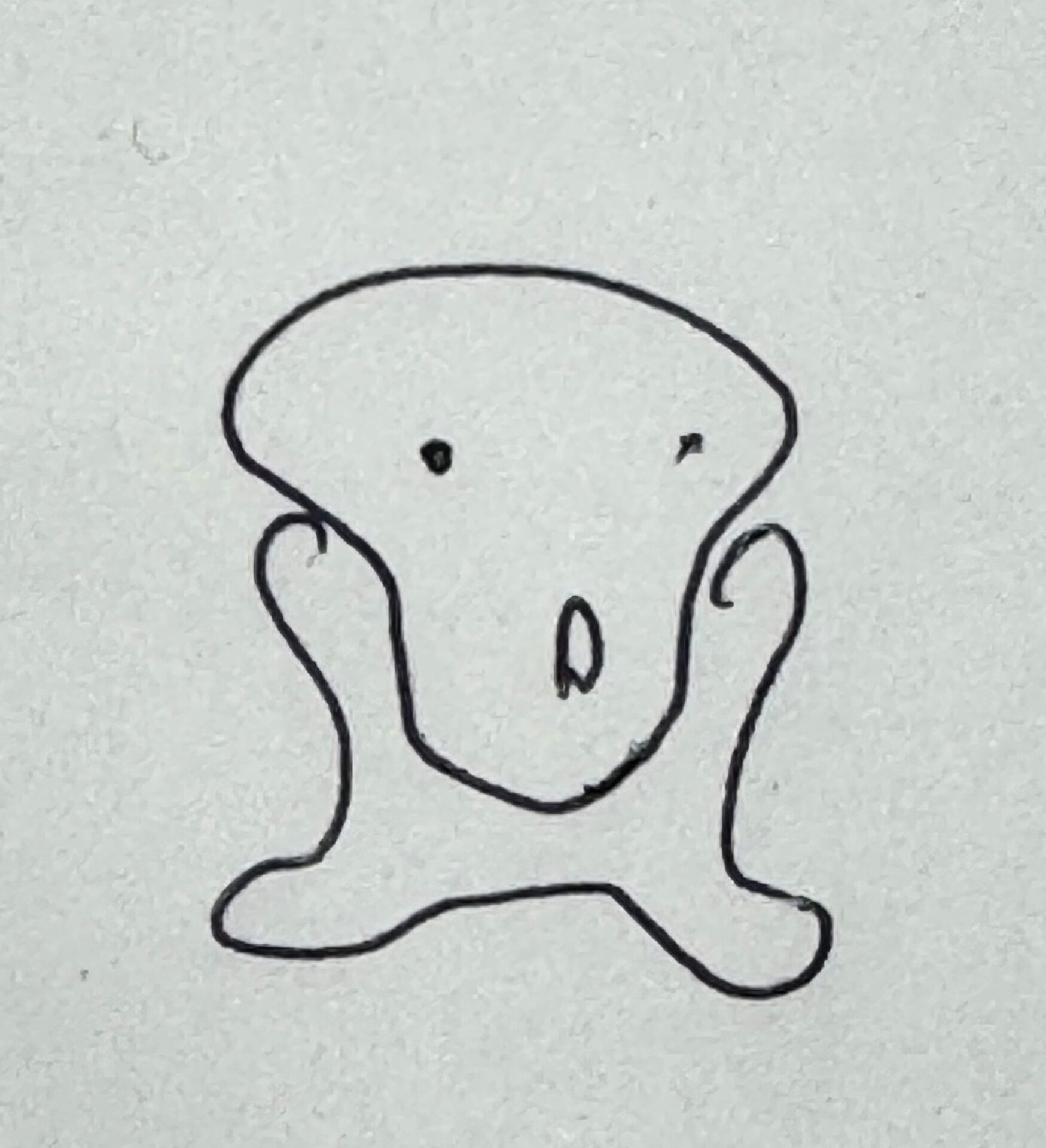
How Hyaluronic Acid Injections Improve Hollow Cheeks
The Causes and Concerns of Hollow Cheeks
The primary cause of hollow cheeks is volume loss. As we age, fatty tissue shrinks and creates indentations. Another cause is sagging. The overall volume of the face drops due to gravity, making the hollows in the cheeks more noticeable.
What are the Benefits of Hyaluronic Acid?
Hyaluronic acid is like clay. By injecting a substance that is artificially created to resemble the texture of mochi (rice cake) into areas with significant hollows and carefully blending it in, the hollows are filled and improved.
One more concept to understand when receiving hyaluronic acid injections is the difference between the "mobile zone" and the "immobile zone." The area at the back of the cheek is referred to as the "immobile zone" because it doesn’t move much and is less likely to sag. The more you inject in this area, the more it creates a lifting effect as it pulls outward.
The front of the cheek is the "mobile zone," and over-injecting in this area may cause sagging or worsen the marionette lines and nasolabial folds. If you want to add volume to this mobile zone, it’s best to use a softer type of filler and keep the amount modest.
Procedure Flow and Precautions
At our clinic, you’ll be asked to fill out a medical questionnaire when making your reservation. Upon arrival, you will check in at the self-check-in kiosk and wait in the lounge. Once we’ve reviewed your paperwork, we will move you to the consultation room where you’ll meet with a doctor for a discussion. Share your concerns and goals, and together you’ll design the treatment.
Once the filler and amount are decided, you’ll proceed to payment with the help of a counselor. Based on your budget, the counselor will confirm whether the proposed treatment is a good fit. After cooling, the injection will be done. You’ll look in the mirror and adjust the design to your liking. Each injection typically takes about 3 to 5 minutes. You’ll finish in the powder room to touch up.
Types of Hyaluronic Acid Injections and Features
Juvéderm Vistal and Voluma
Voluma, a product from Allergan's Juvéderm Vycross series, is one of the most commonly used fillers. It is used for the nasolabial folds, cheeks, temples, chin, and other areas. It is characterized by its ability to provide both height and volume when injected deeply, while still maintaining a smooth surface when injected superficially.
Choosing the Right Filler and its Purpose
When selecting a filler, the doctor primarily considers its hardness. For example, softer fillers like Volbella are ideal for delicate areas like the eyes and mouth, where the skin is thin. They blend naturally and provide a smooth finish. On the other hand, areas like the nose bridge require a firmer filler, similar to the hardness of plastic.
Often, patients are also concerned about the cost. Fillers that last longer tend to be more expensive. The choice will depend on your budget, desired longevity, and the doctor’s preferences.
Pricing for Hyaluronic Acid Injections
Average Price for Hyaluronic Acid Injections
The market price for one syringe (1cc) is generally around 70,000 to 80,000 yen. At our clinic, we offer RHA1 at 45,000 yen per syringe and Voluma at 60,000 yen, providing affordable options. We also have a special monitor program, so feel free to ask about it. Additionally, we sometimes offer promotions.
Insurance Coverage and Out-of-Pocket Expenses
Our clinic does not provide insurance coverage, and all treatments are self-pay. The consultation fee is free, so you will only be charged for the filler itself. If anesthesia is used, there will be an additional fee.
Post-Treatment Recovery and Important Points
Swelling and Bruising After the Procedure
There is no need to be overly concerned. Swelling and bruising should not persist excessively.
Duration and Effectiveness
You will notice the effects immediately after the treatment, and the result will be nearly complete. There may be a slight reduction in swelling and a minor change as the hyaluronic acid absorbs water.
Downtime Tips
Enjoy a drink and try to relax and forget about the procedure. Avoid looking in the mirror.
Side Effects and Risks of Hyaluronic Acid Injections
Minimizing Pain and Anxiety
Hyaluronic acid fillers already contain a local anesthetic, so the pain should be minimal. If you feel particularly anxious, we can provide nitrous oxide (laughing gas) for added comfort.
Yoshiko Kuno
